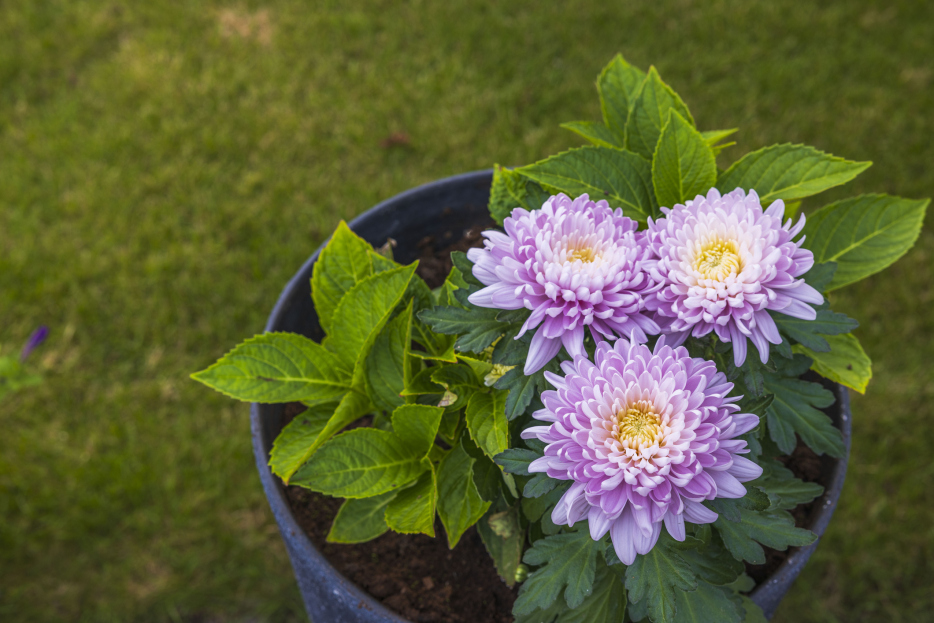
Dahlias are well known for their bold, colorful blooms in outdoor gardens, but did you know they can also be grown indoors as houseplants? While traditionally planted outdoors, compact and dwarf varieties of dahlias can thrive inside with the right conditions—bringing a burst of color and charm to your home.
Growing dahlias indoors does require a little extra attention compared to typical houseplants, but the reward of vibrant, long-lasting flowers is well worth the effort. Here’s how to successfully care for dahlia houseplants.
Dahlias are sun lovers, and growing them indoors means mimicking those sunny conditions. They need at least 6 hours of bright, direct sunlight per day. A south- or west-facing window is ideal. If natural light is limited, consider supplementing with a grow light to keep your plant blooming and healthy.
Without enough light, dahlias can become leggy, weak, and reluctant to flower.
Dahlias prefer evenly moist soil, but they don’t like to sit in water. Water your plant when the top inch of soil feels dry to the touch. Be sure the pot has drainage holes and empty any excess water from saucers to prevent root rot.
During the blooming season (spring through fall), regular watering is key. In winter or when the plant enters dormancy, reduce watering significantly.
Indoor dahlias grow best in moderate humidity and temperatures between 60–75°F (15–24°C). They do not tolerate frost or sudden cold drafts, so keep them away from open windows during cooler months and avoid placing them near heating vents that can dry out the air.
If your home is dry, especially in winter, consider using a humidifier or placing a water-filled tray with pebbles beneath the pot to raise humidity levels.
Dahlias need light, well-draining soil. A quality potting mix with perlite or coarse sand works well to ensure roots stay healthy. Avoid dense or moisture-retentive soils, as these can cause tubers to rot.
Use a container that’s at least 8–12 inches deep, especially if you’re growing a variety that develops tubers. Repot in fresh soil each season to encourage healthy growth.
Feed your indoor dahlia every 2–4 weeks during the growing season with a balanced liquid fertilizer (like 10-10-10 or 20-20-20). Once flower buds appear, switch to a fertilizer higher in phosphorus to promote more blooms.
Avoid overfeeding, which can lead to excessive foliage growth and fewer flowers.
To keep your dahlia looking tidy and encourage continuous blooming, deadhead spent flowers regularly. This tells the plant to produce more buds instead of focusing energy on seed production.
Pinch back the top growth early in the season to encourage bushier plants, and remove any yellowing or damaged leaves as needed.
Even smaller varieties may need a bit of support as they grow. Use small stakes or plant rings to keep stems upright and prevent toppling, especially once the plant begins to flower.
Dahlias naturally go dormant in winter. If your plant begins to drop leaves and stop flowering in late fall, this is normal. At this point, reduce watering and allow the foliage to die back.
You can:
In early spring, bring the plant back into a bright location, resume watering, and wait for new growth to emerge.
For indoor growing, select dwarf or patio dahlia varieties, which stay more compact and are better suited for containers. Look for names like ‘Gallery’, ‘Figaro’, or ‘Happy Days’ series.
Avoid large dinnerplate dahlias for indoor use—they’re better suited to outdoor gardens due to their size and growth needs.